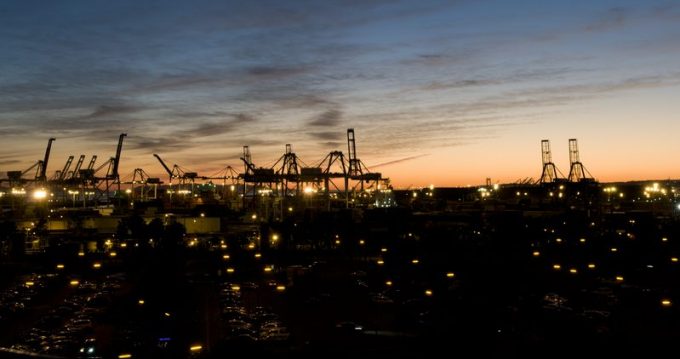News in Brief Podcast | Week 51 | Airfreight peak, management shuffles and automation impasse
In this episode of The Loadstar’s News in Brief Podcast, host and news reporter Charlotte Goldstone ...

Faced with high volumes and congestion, the largest port complex in North America needs an ‘Amazon state of mind’.
And it should consider measures like round-the-clock operations, says Mario Cordero, executive director of the port of Long Beach.
Long Beach handled 784,845 teu last month, an increase of 4.2% over July 2020 and Mr Cordero expects the tally to be markedly higher for the full year, projecting 10% growth in container volume.
Mr Cordero expects a combined volume of more than 19m teu ...
USTR fees will lead to 'complete destabilisation' of container shipping alliances
Outlook for container shipping 'more uncertain now than at the onset of Covid'
Flexport lawsuit an 'undifferentiated mass of gibberish', claims Freightmate
Shippers warned: don't under-value US exports to avoid tariffs – 'CBP will catch you'
Cancelled voyages take the sting out of spot rate declines this week
New Houthi warning to shipping as rebel group targets specific companies

Comment on this article